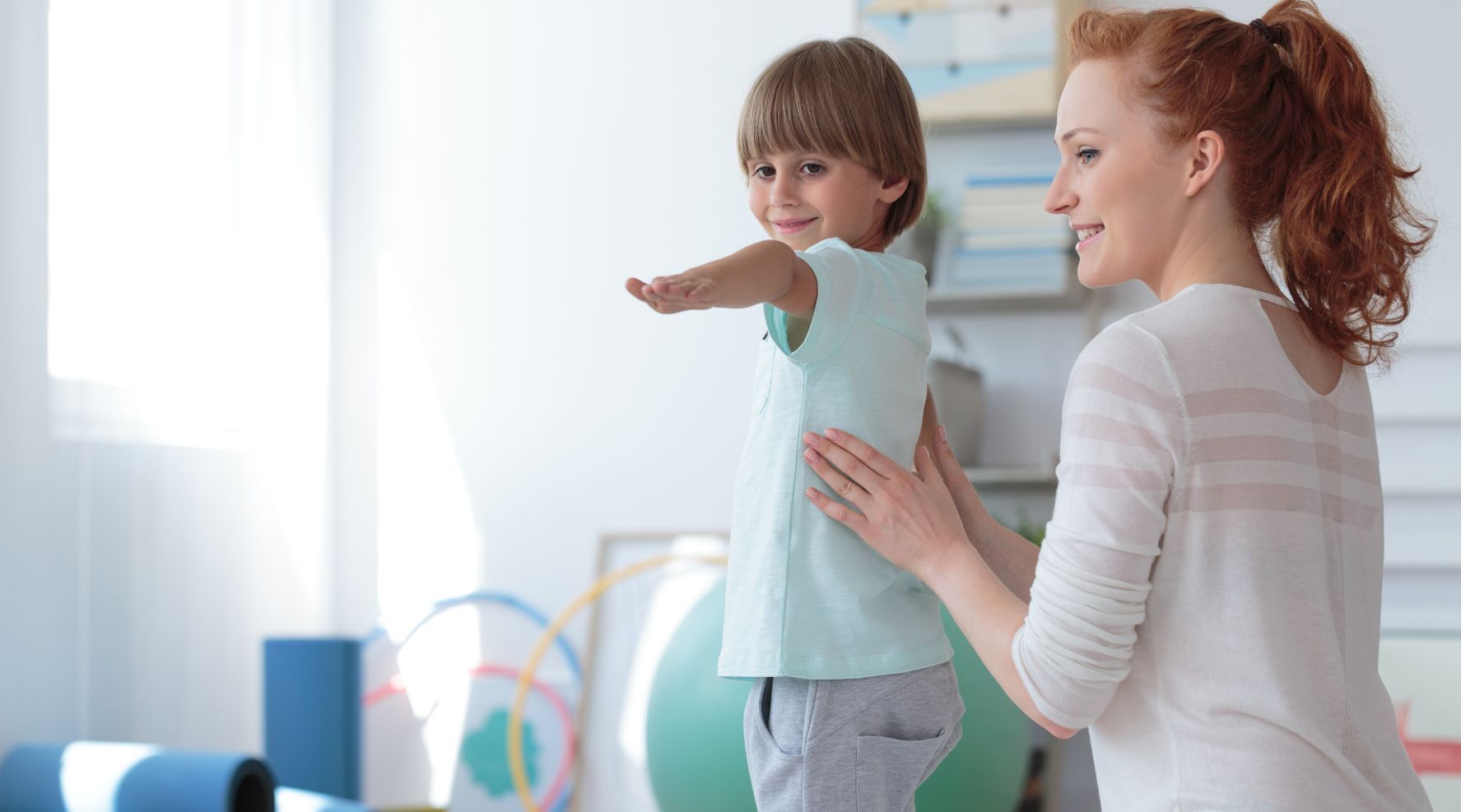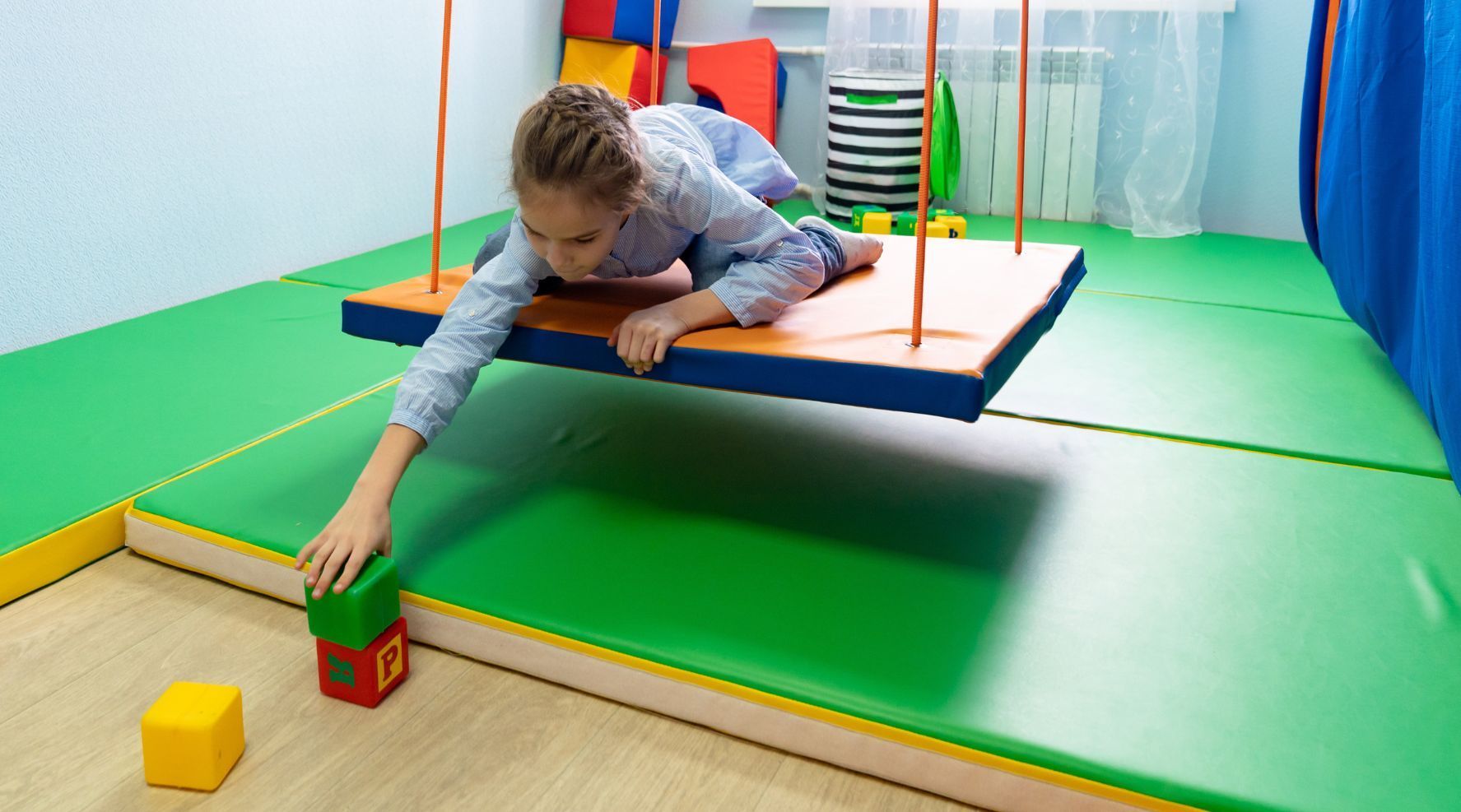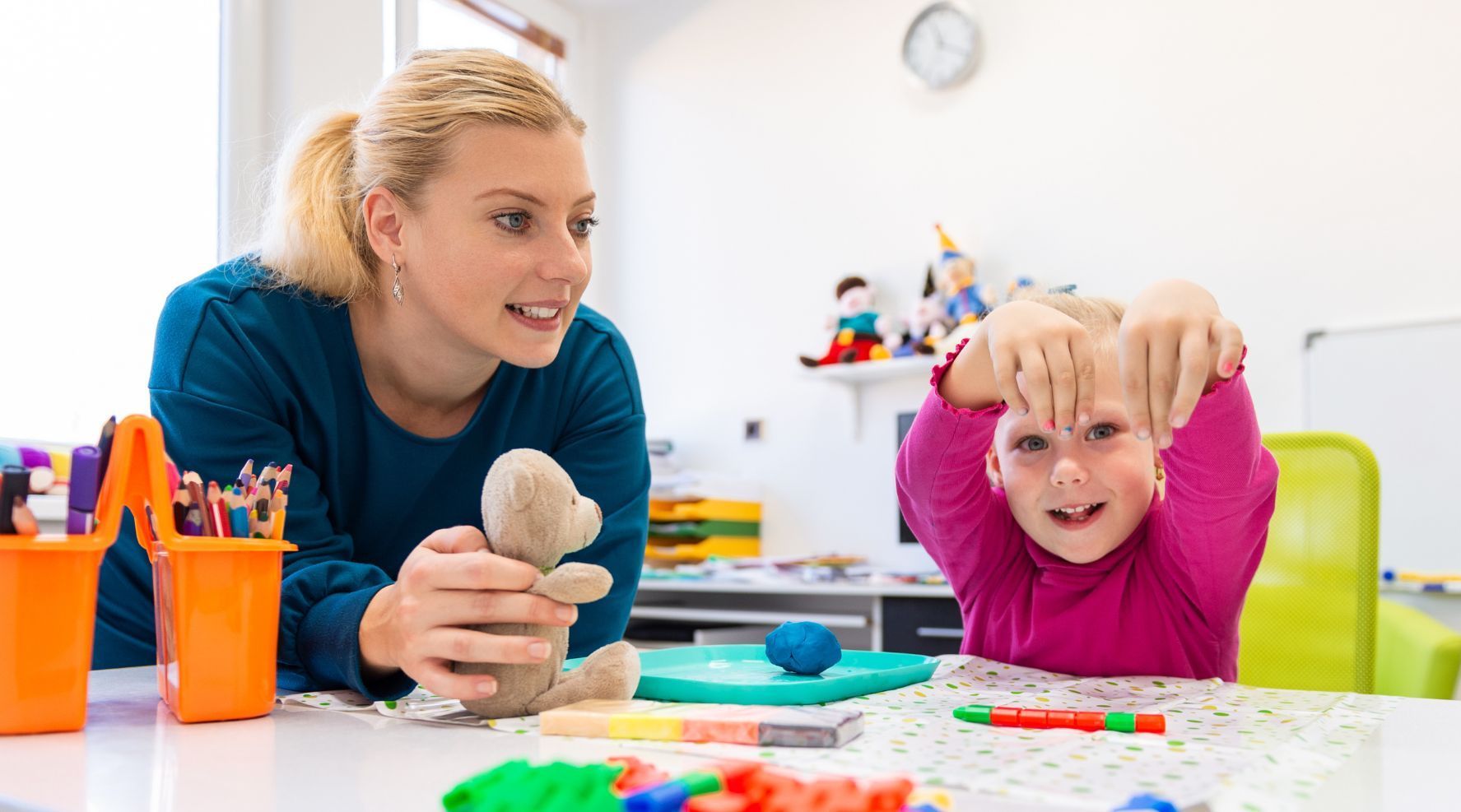5 Great Ways To Keep Kids With ASD Physically Active
This is a subtitle for your new post
Autistic children can be very selective about what kind of physical activity, if any, they prefer. Some self-soothe, or “stim,” with repetitive behaviors like rocking back and forth or flapping their hands. While stimming is movement, it usually doesn’t engage the whole body or provide substantive exercise with physical benefits.
Sensory-seeking kids may seem like they are in constant motion—jumping and bouncing around or crashing into things. Kids do this to try to get the sensory stimulation they crave. Such stimming doesn’t often result in improved motor skills or body awareness. These five great ways to keep kids with ASD physically active can help improve muscle tone, motor planning, balance, and even social skills.
Fun Heavy Work
Carrying a heavy bucket of water and pouring it out into a kiddie pool or slamming a heavy medicine ball from overhead down to the ground are resistance exercises disguised as fun. Resistance improves muscle tone and engages the proprioceptive sense where the brain processes information coming from the joints and muscles to tell us where different parts of our bodies are in space. Having a better sense of your body parts can be calming.
Yoga
The focus on breathing in yoga can soothe an anxious autistic child. The gentle movements and stretches of yoga help kids develop flexibility and coordination. In addition to keeping kids with ASD physically active, yoga requires high-strung kids to slow down, listen to directions, and focus on how their body feels.
Sensory Obstacle Course
Use a line of painter’s tape on the floor to make a “balance beam,” and place some blocks to step over or go around. You can build a sensory obstacle course at home with everyday objects like couch cushions, stepstools, and blankets to make tunnels to crawl through.
For some families, investing in indoor sensory play equipment may be worthwhile. Transforming the basement or a spare room into a play area is easy enough. Filling it with a hanging chair swing, monkey bars, a slide, a mini-climbing wall, and a gently lit cubbyhole for sensory breaks may be just what your child needs to ease anxiety and get the soothing sensory input they crave.
Walking
Walking is good exercise. Some autistic kids have phobias (of dogs or birds, for example) that may make them resistant to talking a walk outside. Start slowly by accompanying your child just as far as the end of the driveway. Gradually add a little distance to the nearest stop sign. Eventually, you’ll make it around the block or to the nearest public park.
Dancing
Dancing to music is fun for some autistic kids. It’s also something kids can do alone or alongside others. Inviting a few peers over for a dance party or bringing a Bluetooth speaker to a family picnic can encourage your child to get up and dance.
Studies show that kids with ASD are more likely to be overweight or obese, and childhood obesity often persists into adulthood. Keeping kids with ASD physically active may stave off these negative health effects.





